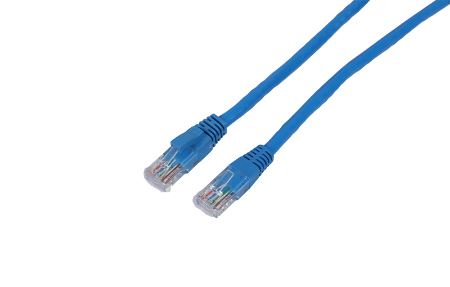Summary:Speaker Cables Wires is the most common material used for speaker wires. It has good conductivity and is cheap to buy. However it does oxidise and the
Speaker Cables Wires is the most common material used for speaker wires. It has good conductivity and is cheap to buy. However it does oxidise and therefore requires proper insulation and termination connectors.The most important property for speaker cable is its resistance. It must be low to allow maximum power transfer from the amplifier to the speakers. Other factors such as capacitance and inductance have a less significant impact on sound quality.Copper is the most common metal used as a conductor in speaker wire. It has a low resistance, which allows it to carry electricity with minimal loss. Other metals such as silver and gold have a lower resistance but are less common because of their higher cost.Most speaker cables consist of two stranded copper wires surrounded by a flexible and durable insulation, usually PVC. The role of the insulation is to isolate the two wires from each other and protect them from oxidation. The positive (red) wire carries the current from the power source to the speakers, so it is important that this wire is treated as live and not touched unless the cable is disconnected from its power source. The negative (black) wire carries the signal from the speakers back to the amplifier or receiver. The black wire should be kept as short as possible to minimise the length of uninsulated copper which may increase its resistance.

The thickness of the copper wire, which is referred to as the gauge, has an impact on its resistance. Thicker wires have a larger cross sectional area and therefore a lower resistance than thinner ones. This is why it is important to select a wire with a suitable gauge for the impedance of your speakers and the length of the cable.It is also advisable to use thicker wires for longer distances between the speakers and the amplifier to minimise resistance. Longer cable lengths will cause the wires to heat up, which can reduce the quality of the sound.There are some claims that high-quality copper speaker wires have a noticeable sonic advantage over cheaper alternatives. Whether this is true or not depends on the listener’s personal preference and the system set-up.More importantly, it is essential to ensure that the negative and positive connections on a speaker cable are connected correctly. If they are reversed the speakers will be out of phase and the sound quality will be significantly reduced.
You can safely cut your own speaker cables if you are using a pair of pliers-style wire cutters and you are not connected to any power source. Before you start cutting, remove all protective plastic coverings from the ends of the cable. It is also advisable to take care when stripping the insulation from the conductors and to use a sharp blade so as not to damage the core.Many audio enthusiasts will purchase a cable made with what is known as oxygen free copper (OFC). This is supposed to have a more consistent structure than regular copper and has a lower resistance, which should result in better performance. However, it is more expensive than standard copper and, again, it is up to the listener to decide if it is worth the extra cost.
